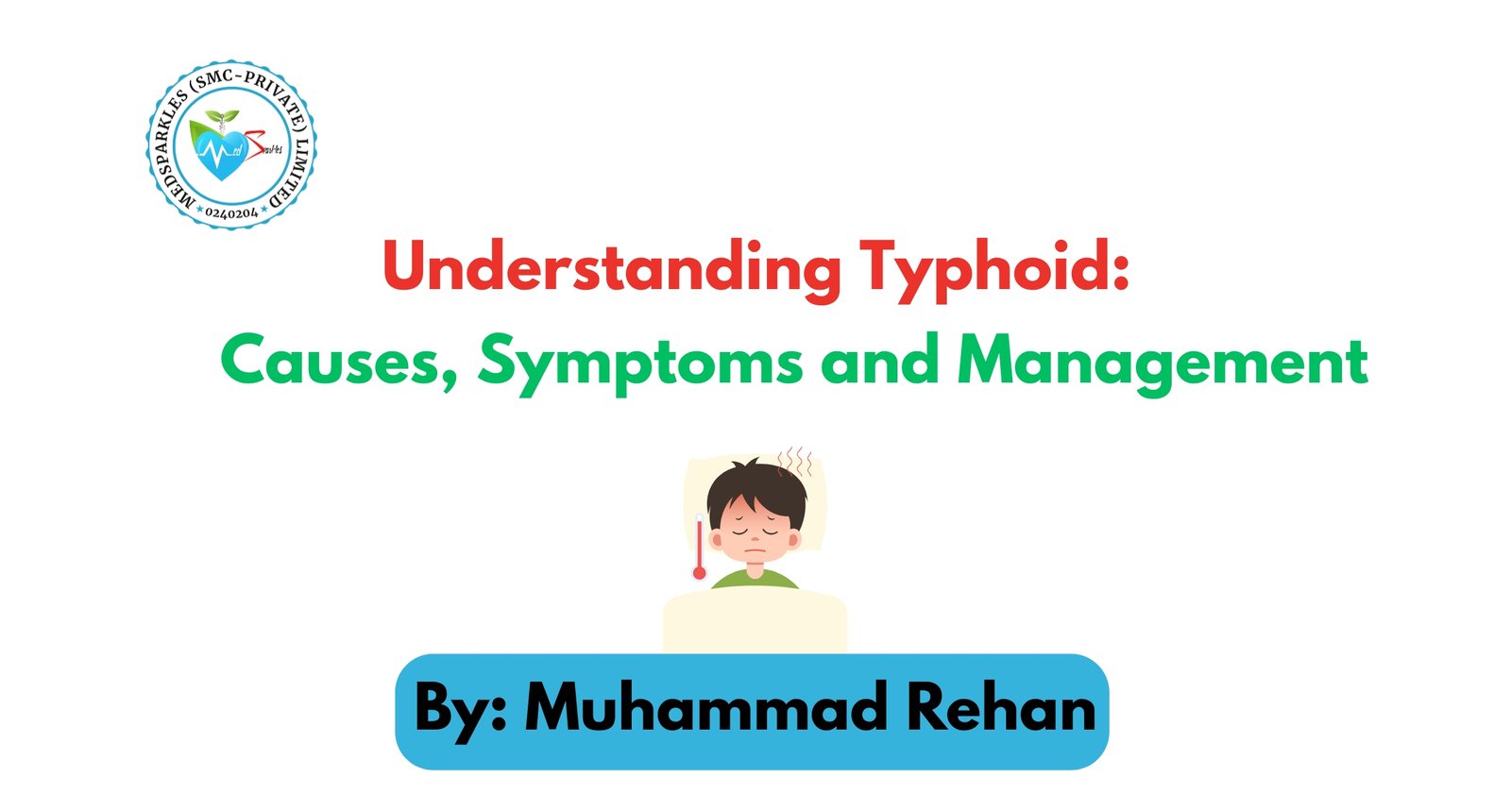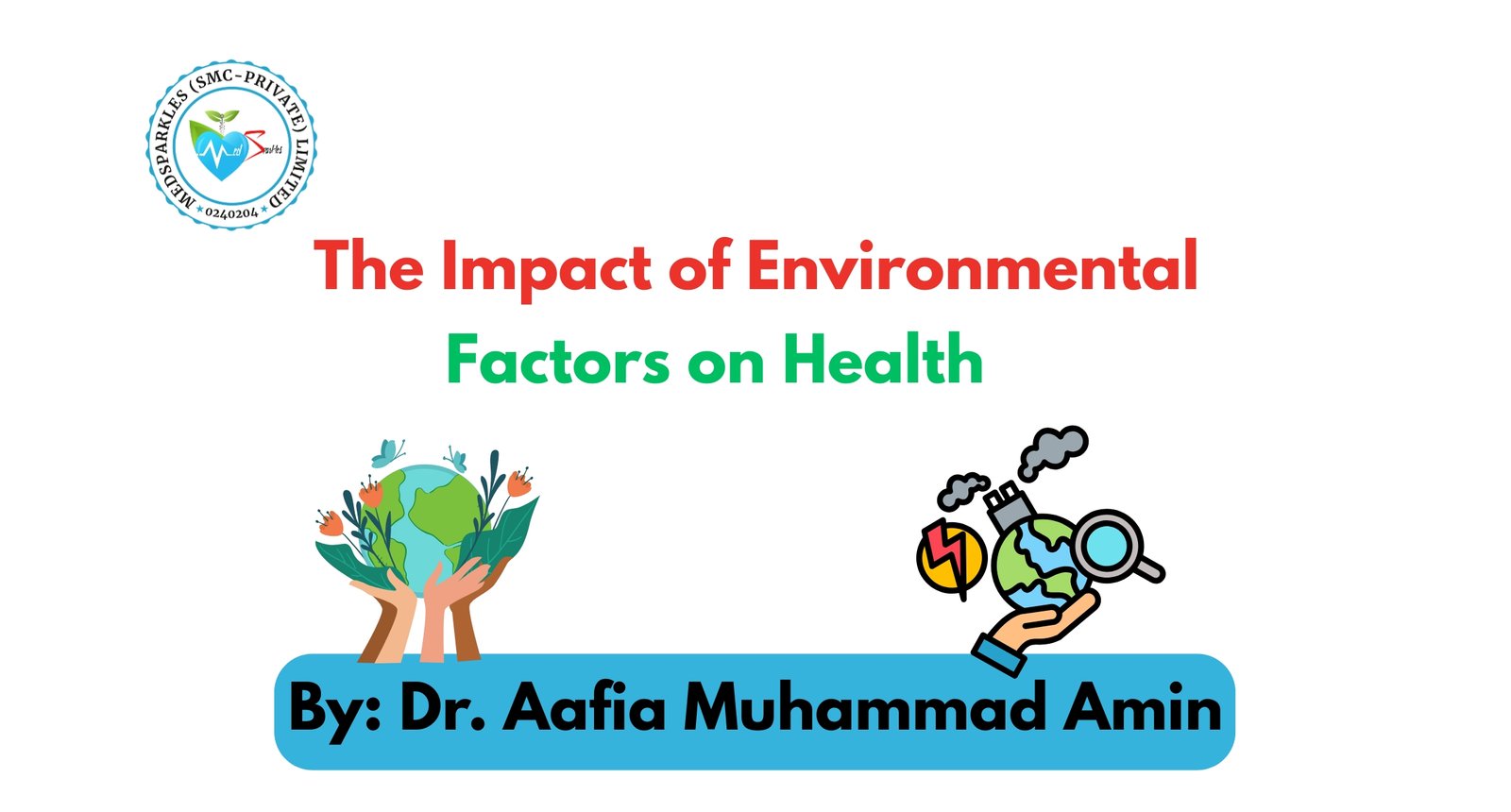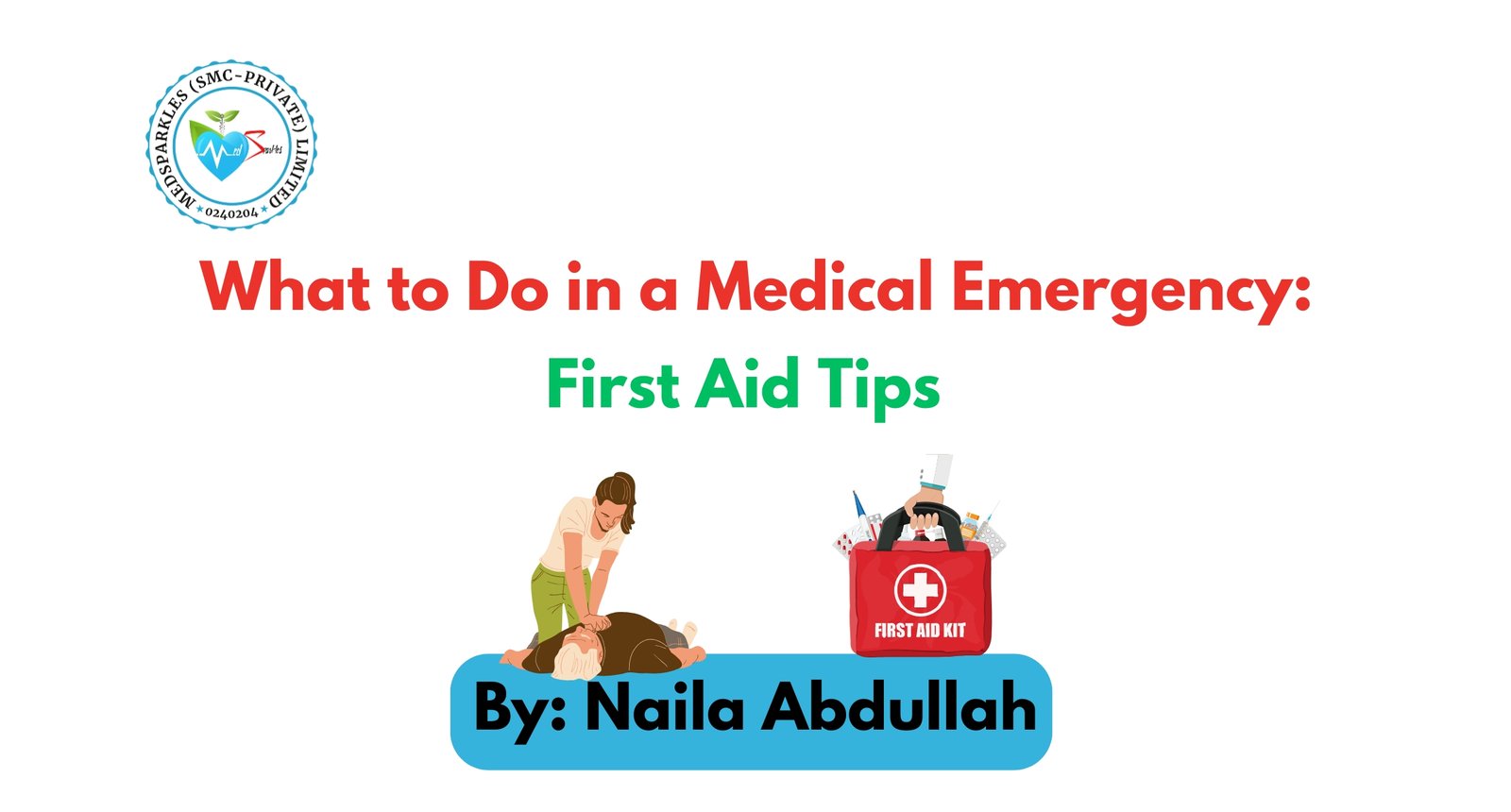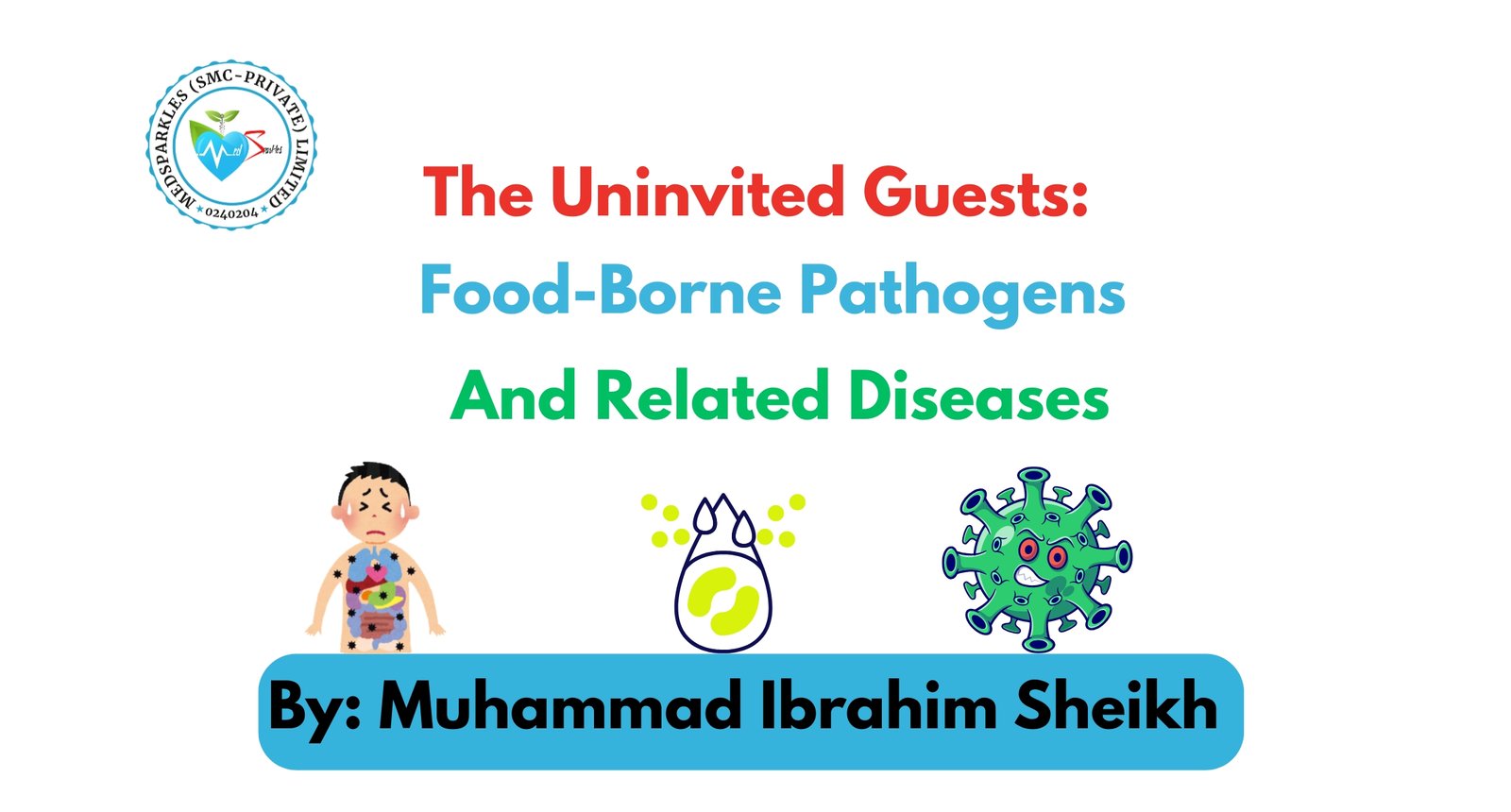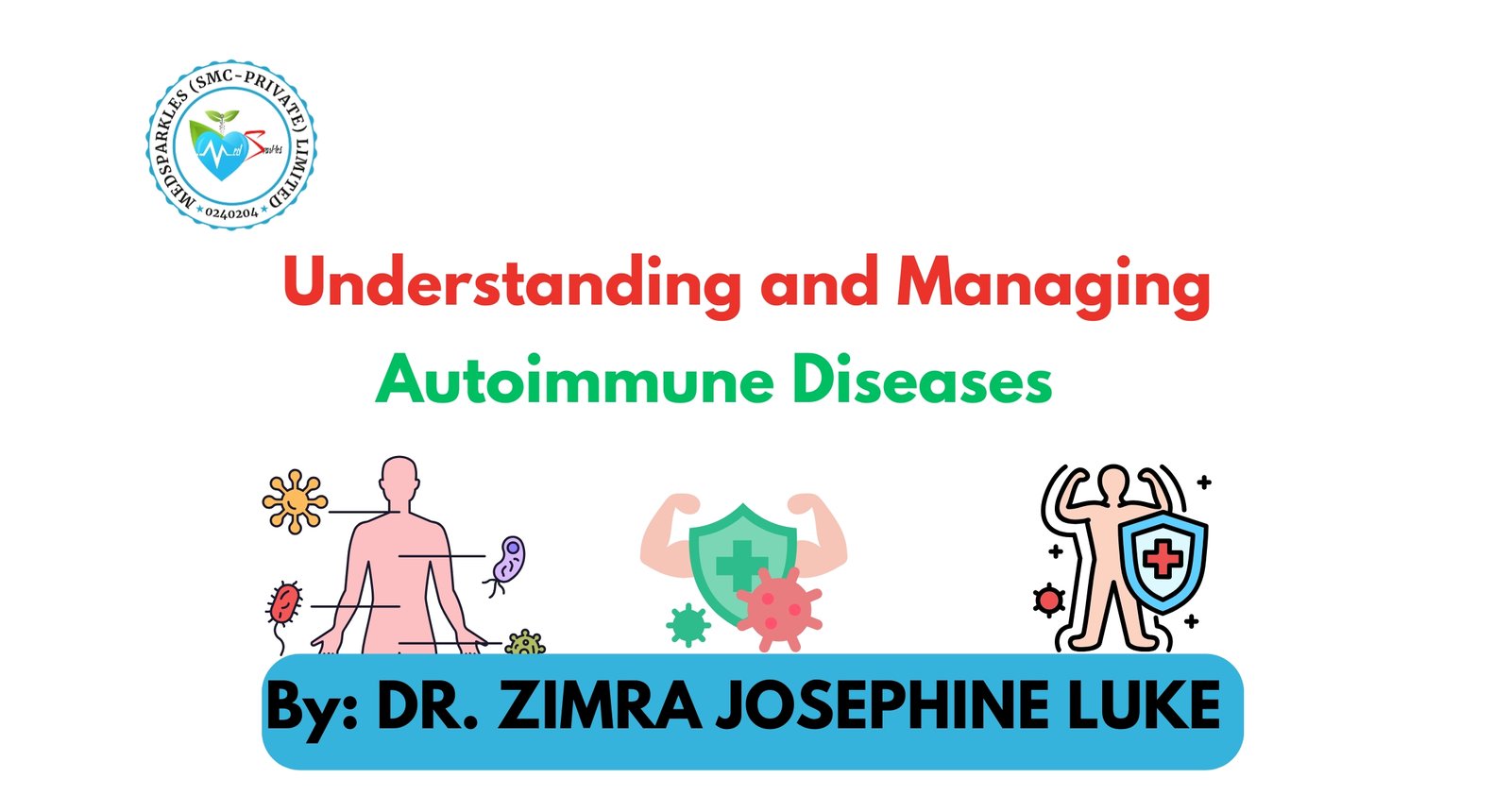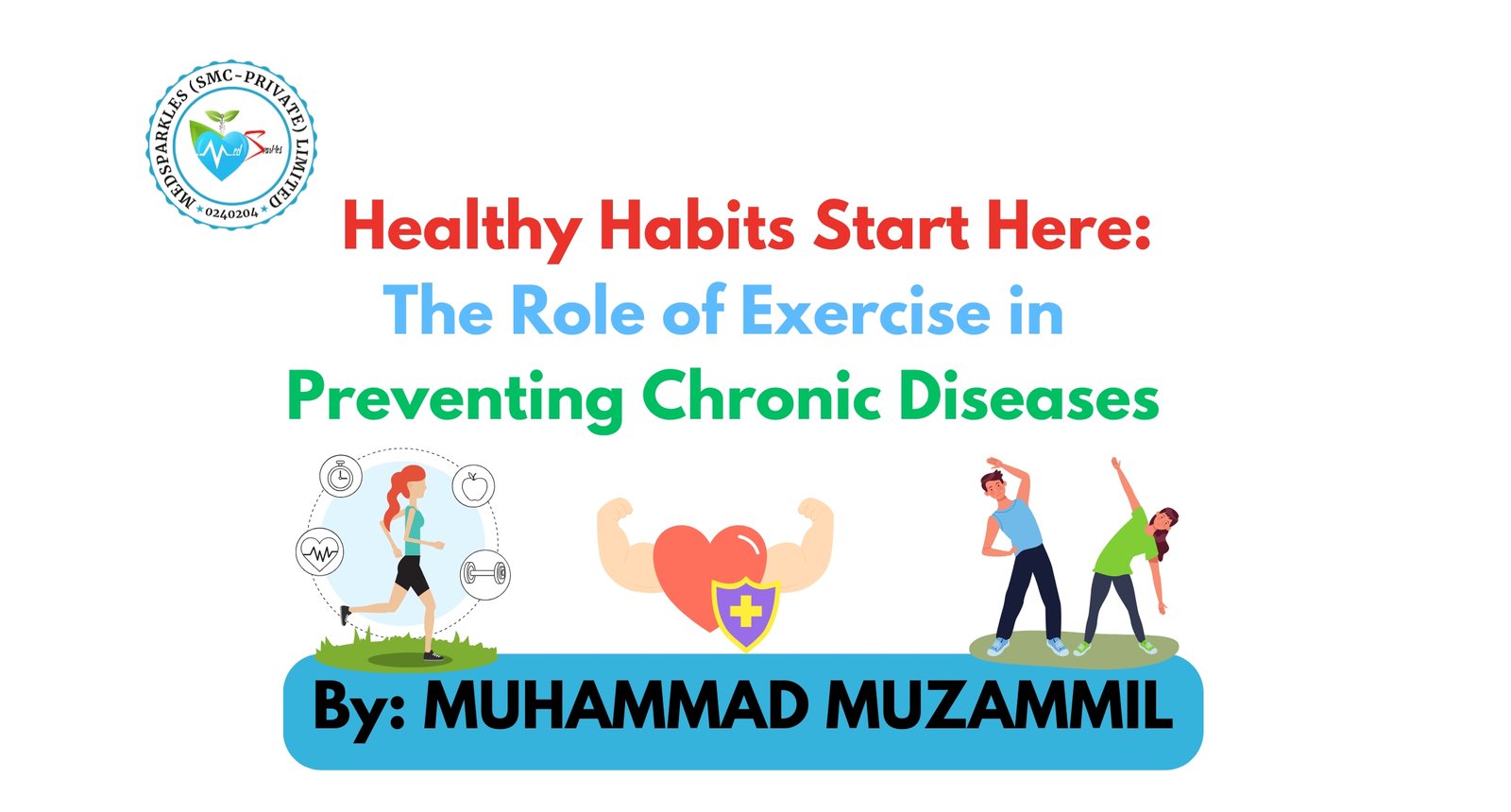Introduction:
Typhoid fever is a disease that is caused by bacterium Salmonella Typhi. It mostly spread due to poor hygienic conditions and therefore it is more common in developing countries. Symptoms vary from mild to severe and usually begin six to 30 days after exposure. Collectively it is known as enteric fever, more than 9 million people are sickened, and 110,000 die from the disease every year around the globe. [WHO. Typhoid Fact Sheet. 2023] Enteric fever is the most leading health problem that involves in community-acquired bloodstream infection in South and Southeast Asia.
Symptoms:
The bacterium Salmonella Typhi lives in human body only. The person that has typhoid carry the bacteria in the blood and intestinal tract. Its symptoms consist of persistent high fever, headache, nausea, abdominal pain, fatigue, diarrhea. If the condition remains untreated it may even lead to death.
Diagnostic Tests:
The presence of typhoid fever is done by blood tests.

Causes and Transmission:
It is said that S Typhi is spread by the “4 Fs” (flies, feces, fingers, fomites). It is necessary to improve the washing infrastructure because contaminated water is the leading cause of enteric fever and other such diseases that spread by the fecal-oral route. When the bacteria are ingested by a person, it multiplies and spread rapidly in the bloodstream.
The risk factors that involve in the transmission of the infections are divided into endemic versus non-endemic countries. In non-endemic countries, the acquisition of enteric fever is related to travel, contact with a traveler from an endemic country, or exposure to food prepared by a chronic carrier. On the other hand, if we talk about the risk factors in endemic countries, it includes individual host factors, environmental exposures, climate and geographic factors.
If one wants to see the “infectious divide” enteric fever is the prime example that vary significantly between high income and low-income countries. Among high income countries where sanitation upgradations started in the early 1900s, typhoid fever is seen only in travelers returning from endemic areas. While the incidence of typhoid is high in low- or middle-income countries where sanitation system still needs a lot of improvement.
Treatment and Management:
Antibiotics are primarily used to treat typhoid fever. Treatment should be started as soon as the diagnosis is suspected, any delay will lead to more complexities.

The completion of antibiotic course as prescribed by the doctor is necessary to avoid the relapsing symptoms of bacterial infection.
Individual preventive measures also play a key role in controlling such infectious diseases. Washing hands frequently with soap especially before preparing food, after using washroom or changing diapers and after caring for a patient. Partial cooked food, meat, fish carry the high risk of contamination. All the cooked food should be completely cooked and served hot. If there is unsurety about the safety of drinking water, it is better to boil it and then use it. Moreover, vegetables and fruits must be washed properly before eating.
Conclusion:
In conclusion, typhoid fever is still a serious healthcare issue, especially in those areas that lack proper sanitation and water cleaning system. Early diagnosis and completion of medical treatment is the key in controlling the spread of this fatal disease. By knowing its symptoms, causes and preventive methods, one can take proactive steps to protect himself and his community. As awareness grows globally, it’s crucial for both individuals and healthcare systems to collaborate in eradicating this disease and ensuring healthier and safer environment for all.
FAQs:
Who is at risk for typhoid fever?
People living in or travelling to areas with poor sanitation are at the highest risk to have typhoid fever.
Can typhoid fever be fatal?
Yes, if left untreated it can cause serious complications and even death, therefore early diagnosis and treatment is crucial.
How is typhoid treated?
It is treated with antibiotics.
How long does it take to recover from typhoid fever?
With proper treatment, recovery can take 2 to 4 weeks.
Can typhoid fever recur after treatment?
Yes, if not properly treated, typhoid fever can recur, and there are chances to develop antibiotic resistance strains.
References:
1. Typhoid Fever – StatPearls – NCBI Bookshelf https://www.ncbi.nlm.nih.gov/books/NBK557513/
2. Typhoid https://share.google/kmP1iBUXOrtkpvzCg
3. Current concepts in the diagnosis and treatment of typhoid fever – PMC https://share.google/SfrUCCjZa9AWY9wig
